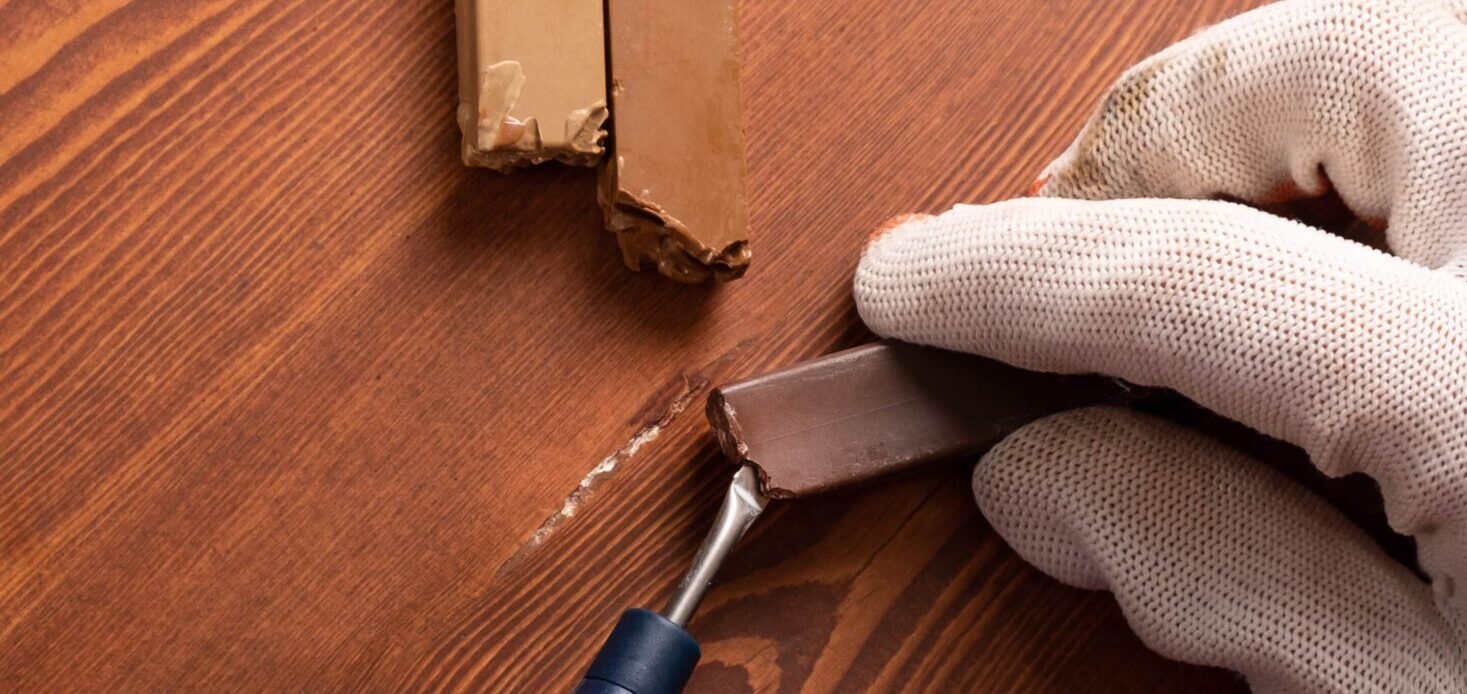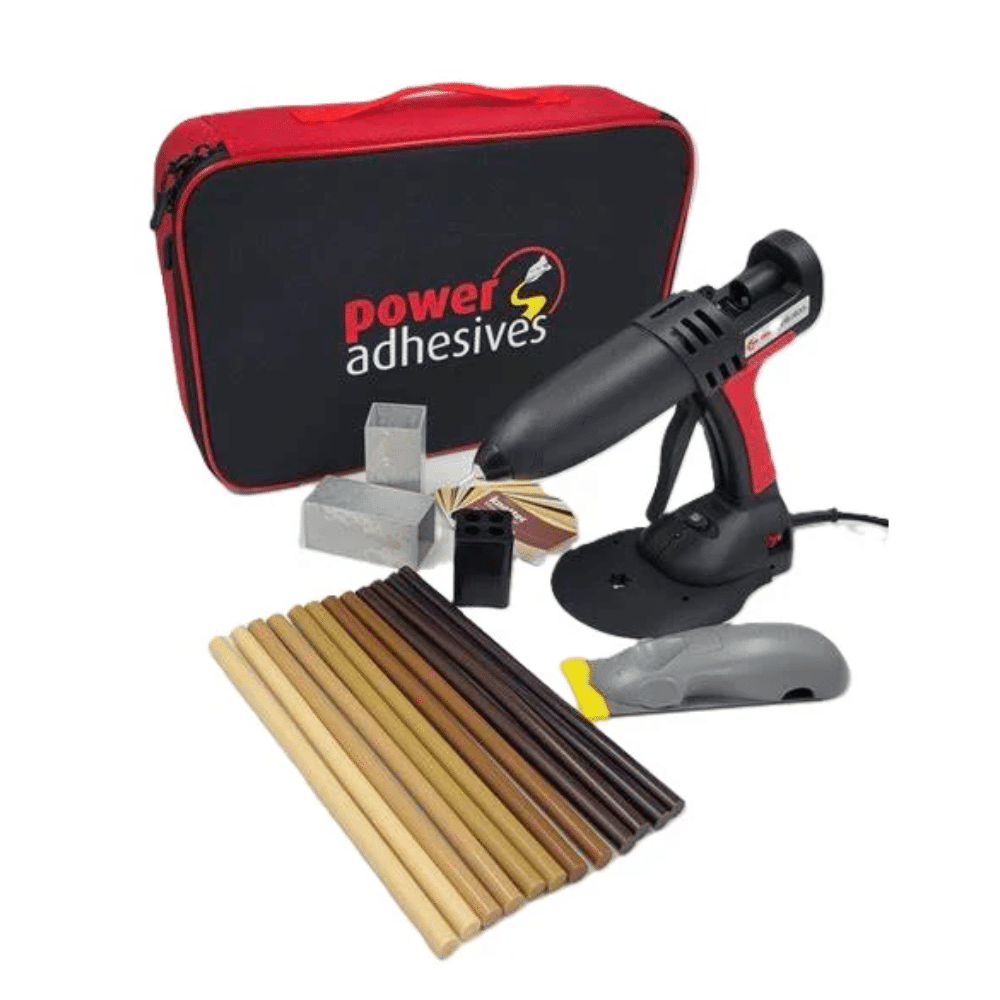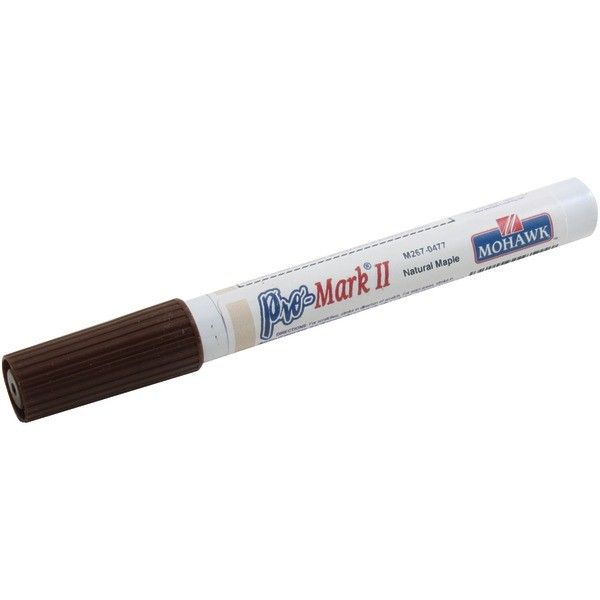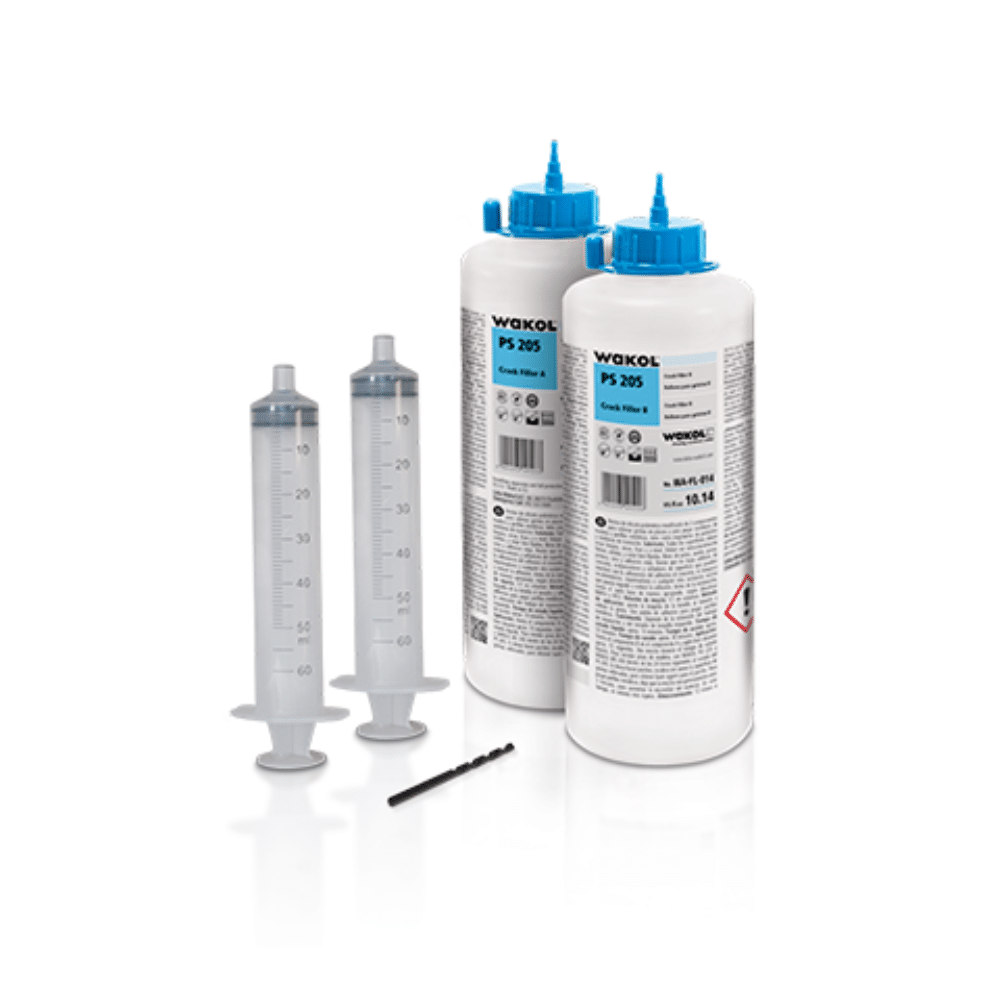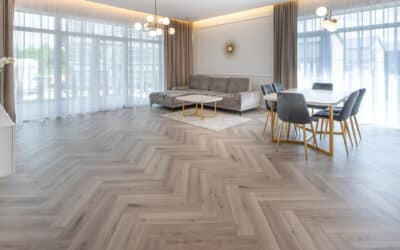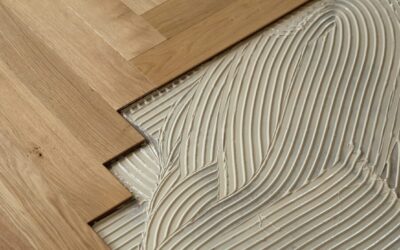Hardwood floors are built to last, but that doesn’t mean imperfections can’t appear over time. The older hardwood gets, the more likely it is that you’ll need to repair it – or, at least, sections of it.
Repairing hardwood restores the beauty of your floors, but it’s important to choose the best repair kit to fix your problem.
Keep reading to learn about hardwood floor repair, including which is the best hardwood floor repair kit and the signs of when hardwood floors are beyond repair.
Can You Repair a Damaged Hardwood Floor?
Damaged hardwood floors can usually be repaired, but it depends on how bad the damage really is.
Small scrapes, scratches, and even gouges can easily be repaired. Signs of wear (like fading or scuff marks) can also be fixed by refinishing the surface using the same hardwax oil as previously applied.
For example, when you’ve used Rubio Monocoat Oil Plus 2C or Bona Craft Oil 2K as a finish, it can be reapplied to the surface to repair signs of wear.
There are times when hardwood floors are damaged beyond repair (see below for the signs that hardwood is beyond repair).
How to Repair a Wooden Floor Without Replacing It
Hardwood floors are resilient and shouldn’t be replaced frequently. In fact, an expertly installed hardwood floor that’s well-maintained can last a lifetime.
You can replace sections of hardwood (by removing a board and replacing it), but this should ideally be a last resort. Removing a hardwood plank in the center of a floor can be tricky and often requires some expertise to avoid causing more damage.
Learn more about how to fix hardwood floor issues and what the best repair kits are below.
Fixing Knots, Holes, and Cracks
We recommend knottec professional wood repair glue gun kit to fix knots, holes, and cracks.
This hardwood floor repair kit is easy for beginners and DIY-ers. It comes with everything you need to fill small holes and cracks. It even works effectively on fixing knot defects and deep scratches in hardwood.
Simply choose a filler glue in a color that closely matches your hardwood floors, heat the gun (in two minutes), and follow the instructions to safely fill the imperfections.
Fixing Small Marks and Scratches
We recommend mohawk touch up repair kit to fix small marks and scratches.
If your hardwood floor has shallow scratches and small marks, an affordable touch-up repair kit is the best solution. It works like a pen to cover up smaller imperfections in hardwood.
Select a kit to match the color of your hardwood floor (from 25 color options) and run over the marks to blend them away.
Fixing Hollow Spots and Under-Surface Cracks
We recommend hollow spot repair kit for loose flooring.
This hardwood floor repair kit contains polymer-modified two-component silicate resin to repair hollow spots in flooring. It should be injected underneath loose flooring (using the supplied syringe).
This repair kit can be used to fill cracks in concrete slabs and bond wood molding and metal profiles (such as stair nosing and transition molding).
Fixing Imperfections Before Refinishing
We recommend Bona Pacific Filler, Woodwise Full Trowel, and Loba EasyFill.
Wood filler can be used on gouges or major imperfections in hardwood floors before refinishing. Filler should not be used on hardwood if you aren’t refinishing the floors shortly after.
In these instances, one of the other hardwood repair kits mentioned above are more suitable. See our blog on the best hardwood floor filler.
When are Hardwood Floors Beyond Repair?
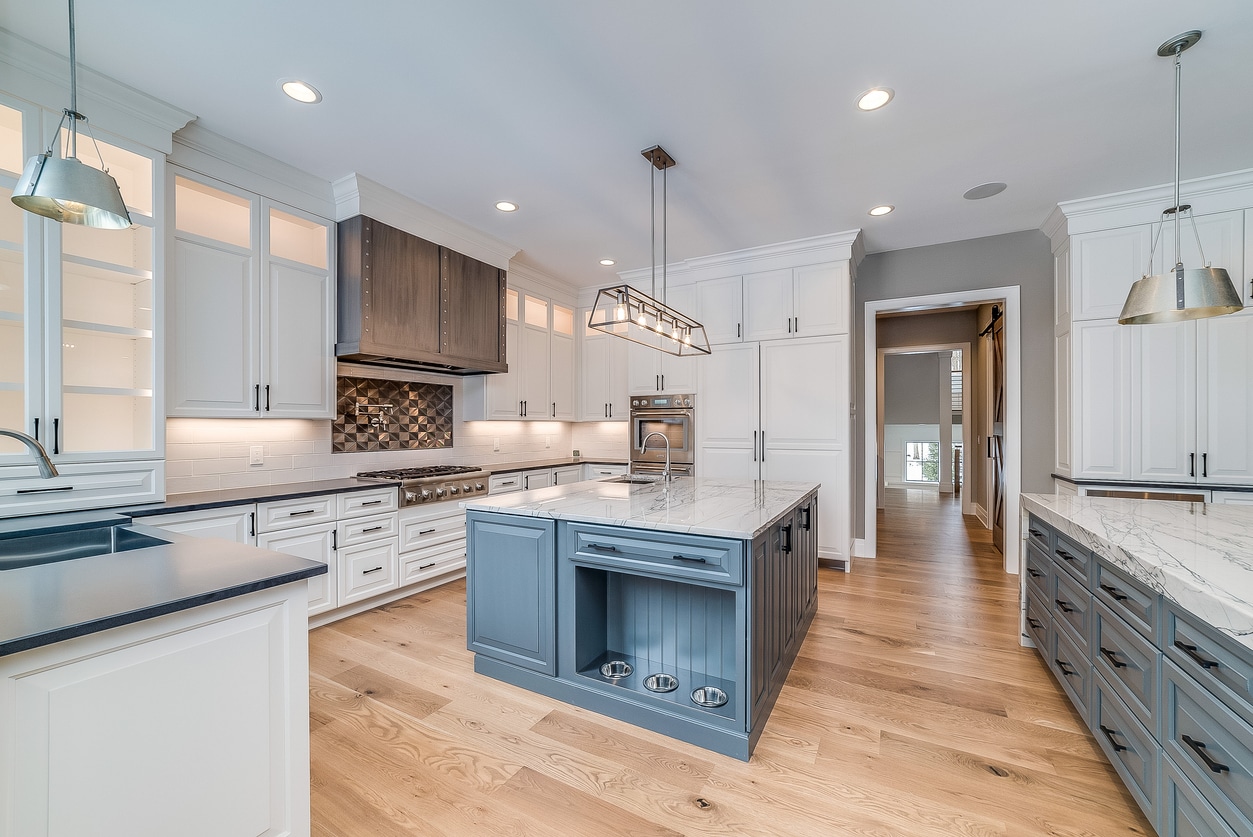
Hardwood flooring is long-lasting – which is one of the reasons why it can add value to a property. Yet there are times when hardwood floors may be beyond repair, particularly if they’re very old.
In these cases, it might be best (and sometimes cheaper) to replace the hardwood rather than repair it. Here’s when to replace or repair hardwood.
Lots of visible nails
We recommend replacement.
Hardwood flooring wears down over time. This should only happen when the floor is old (say 25+ years) or it’s in a very high-traffic area. As the flooring wears, the nails start to protrude out of the wood.
If there’s just one nail, you can try to drill it in and fill the area with a repair kit (like a glue gun kit). The more nails you have protruding out of the hardwood floor, the more uneven (and potentially unsafe) it can become. In these cases, it’s best to replace hardwood.
Significant cosmetic damage
We recommend replacement.
You can individually repair each and every blemish on hardwood floors if you want to. But hardwood floor repair kits are only designed to fix a handful of marks and scratches.
When hardwood suffers from many (many) imperfections, repairing everything can disrupt the natural beauty of the wood.
Not to mention, repairs can be costly, time-consuming, and potentially more expensive long term compared to replacing the floors.
Floorboards are moving
We recommend replacement.
One floorboard moving can be fixed using a hollow spot repair kit to rebond the underside of hardwood. But if the floor is loose in multiple areas, the cause could be a major problem.
Moisture damage could have led the boards to warp and buckle, or there may be issues with the stability of the subfloor. Either way, it’s best to remove the hardwood and replace it in these circumstances.
Water damage
We recommend replacement.
Any visible sign of water damage is a problem for hardwood floors. Wood floors, even waterproof flooring, shouldn’t be exposed to excessive amounts of water. If it is, it should be replaced before the boards begin to sag, bow, or rot.
Water damage is often caused by wet mopping, steam cleaning, unwiped spillages, or untreated leaks. Signs of water damage include dark/discolored areas, warped boards, peeling finish, mold, swelling, or boards that feel soft to walk on.
FAQs
Can You Fix a Gouge in a Hardwood Floor?
Yes, gouges in a finished hardwood floor can be fixed. We recommend using a professional glue gun repair kit to deeply penetrate the gouge.
It’s important to repair gouges as quickly as possible, as these can cause the floorboard to split, which is a much more costly and time-consuming replacement.
Is It Cheaper to Repair or Replace Hardwood Floors?
It depends. Usually, it’s cheaper to repair hardwood floors, but if the floor is really old or in very poor condition, it might be cheaper and less hassle to replace the floor entirely.
For example, small scratches, scuffs, or holes in hardwood floors can quickly be removed with a repair kit, like a mohawk touch up pen or knottec glue gun kit. But if there are lots of deep imperfections (like cracks and gouges), fixing every blemish can be costly.
Plus, repairs won’t last forever. You may need to touch up the blemishes every couple of months or years (depending on how heavy the foot traffic is). This can also rack up costs over time.
Can You Use Wood Filler to Repair Hardwood Floors?
Yes, you can use wood filler to repair deep scratches or gouges in hardwood flooring, but it’s best to use this on unfinished wood. Our Panel Town Flooring Pro says there are two types of filler:
“You have the full trowel filler, which you use across the whole floor. Once it’s dried, you do a light sand to take off any excess. The other is the wood patch, which you can use on sections of the floor. Let it dry and give it a light sand after to take off any excess.”
For prefinished solid hardwood, you can use wood putty (instead of wood filler) to hide any nail holes or gaps in between the boards.
Order Your Repair Kit Today
At Panel Town, we specialize in luxury flooring, from hardwood and engineered wood to luxury vinyl and waterproof laminate.
Find your repair kit today, or explore our flooring collection to breathe life into your home with new hardwood floors.
Need inspiration? Use our flooring visualizer to see what colors or species of hardwood work best in your home.
